Formation of broad continuous spectra through propagation of short femto or picosecond-range high power pulses through nonlinear media (also known as supercontinuum generation, or SCG) was first observed in 1970 and has since then been studied extensively in many different materials. The term supercontinuum does not cover a specific phenomenon but rather a plethora of nonlinear effects leading to considerable spectral broadening of optical pulses and thereby potentially octave-spanning output. The involved nonlinear effects depend on the dispersion in the material and count effects like self-phase modulation (SPM), Raman Scattering, phase matching and solitons.
Results on SCG in PCFs have previously been presented with pumping in the anomalous dispersion regime or at the zero-dispersion wavelength in both the visible and the infrared wavelength range. Most experiments utilize femtosecond pumping as this results in spectacularly broad spectra. Picosecond pumping yields more narrow spectra, but does so with far cheaper laser sources and is therefore commercially interesting.
Although SCG can be observed in a drop of water given enough pumping power, PCFs are ideal media for SCG as the dispersion can be designed to facilitate continuum generation in a specific region. In this way, it is possible to convert light to both higher and lower wavelength, just like super wide spectra covering more than an octave is achievable at previously unthinkable low power levels.
SCG-800 and SCG-800-CARS are ideal in generating supercontinuum using an ultrafast laser. When coupling light from a femtosecond laser into a crystal fiber, a number of issues regarding pulse distortion must be addressed to achieve the optimum performance. In this section, we discuss the precautions taken to couple light from a Ti:Sapphire Laser into a 1.7 µm core PCF. The first issue to be addressed is the 4% reflection from the fiber surface, which can lead to a distortion of the pulse train and in severe cases will stop the laser from mode-locking. Cleaving the fiber at an angle can minimize back reflections. However, we recommend that the problem be avoided by the use of a Faraday Isolator. Coupling out a small portion of the beam and directing it to Newport's PulseScout Autocorrelator allows for real-time monitoring of the pulse width and beam quality.
The femtosecond pulses are easily coupled into the fiber through standard microscope objectives. Magnifications of 40x and 60x provide good results. Aspheric ball lenses can also be used, but as these are not achromatic, they should not be used with short femtosecond pulses due to the broad spectral range of these pulses. The dispersion in the microscope objective should be compensated using a precompensating prism or grating compressor in order to launch the shortest possible (i.e. highest intensity) pulse into the fiber. The diameter of the laser beam should match the aperture of the microscope objective. This is easily achieved with a standard telescope.
Nonlinear effects are inherently very sensitive to variations in the input power, thus a very stable mount is needed. To avoid displacement of the fiber end due to thermal, acoustic and other unwanted effects, the fiber should be mounted as close to the end as possible. Gluing the fiber to the mount, or using a connectorized fiber, can create further stability.
If polarization-maintaining fibers are used, the polarization axis of the linearly polarized femtosecond pulses should coincide with one of the principal axes in the fiber. The relative orientation of the axes can be controlled either by a half-wave plate or by rotating the fiber. To find the principal axis one can measure the polarization state of the output and rotate the half-wave plate or the fiber until the output is linearly polarized. When using the above described alignment procedure, coupling efficiencies well above 40% are routinely achieved.
 Over 8,000 products in-stock! & FREE 2-Day shipping on all web orders!* Learn More FREE T-Shirt with orders $250+ Details
Over 8,000 products in-stock! & FREE 2-Day shipping on all web orders!* Learn More FREE T-Shirt with orders $250+ Details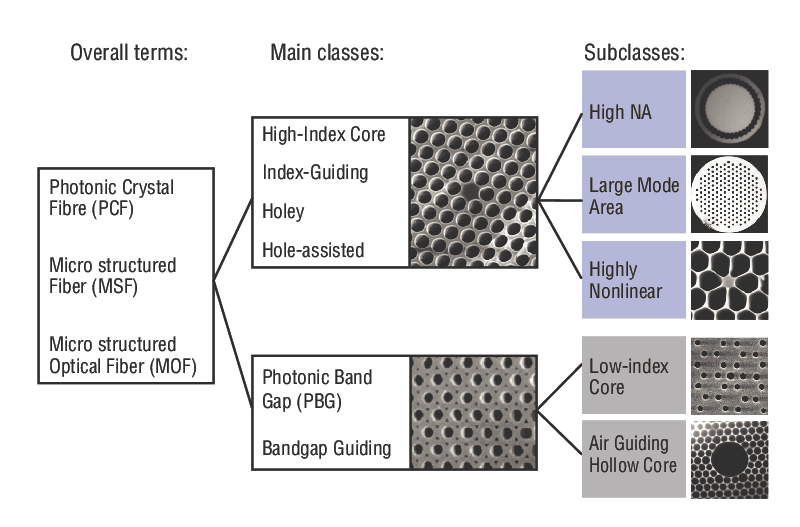
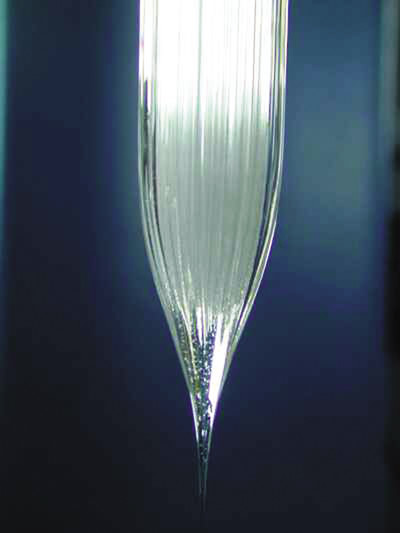
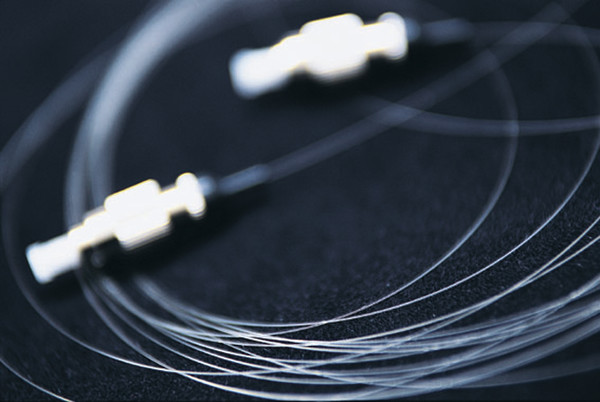
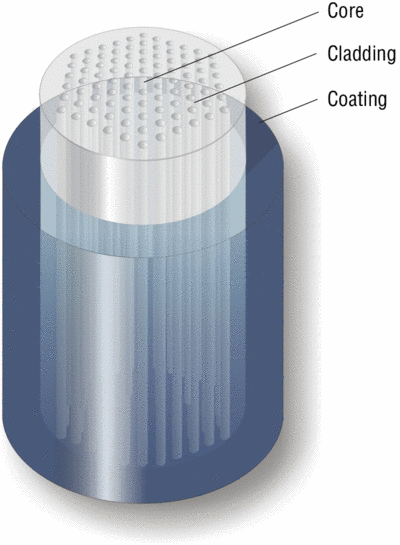
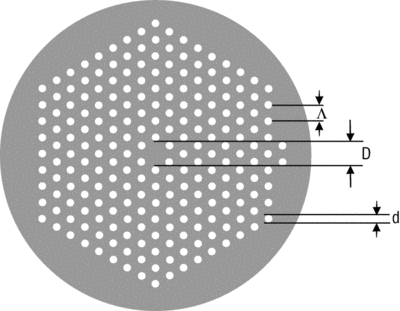
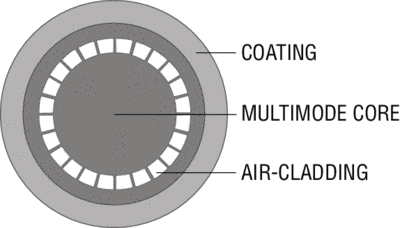
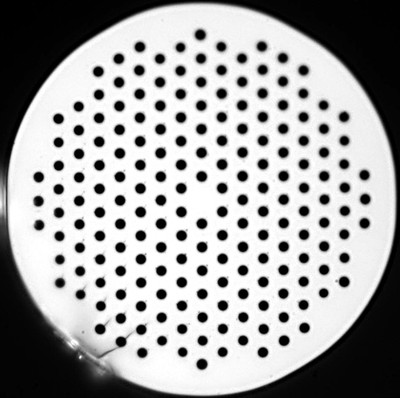
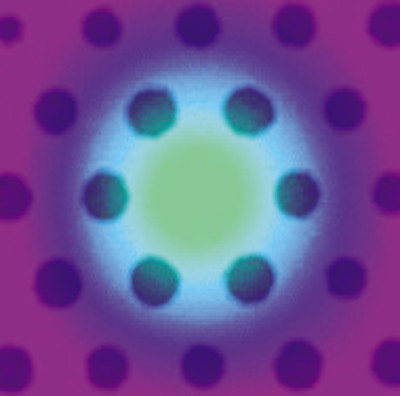
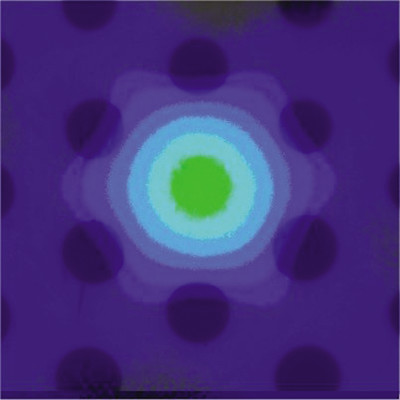
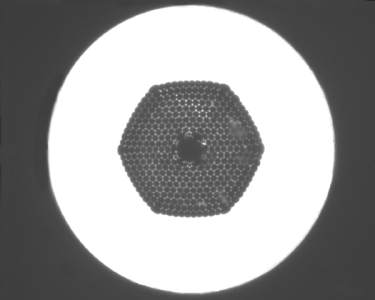
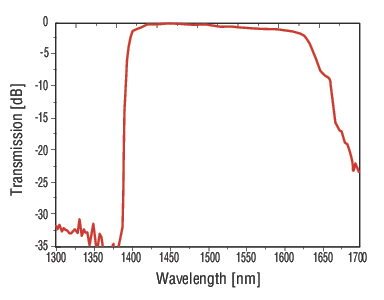
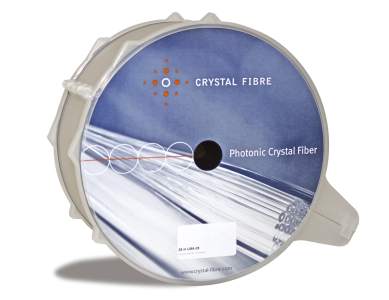
 Ultra-High Velocity
Ultra-High Velocity